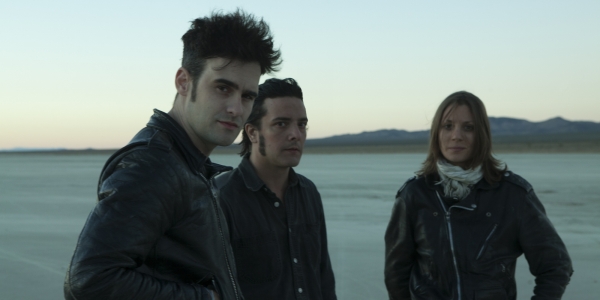The Bloody Chamber And Other Stories, an anthology of short-stories written by Angela Carter and published in 1979, is regarded as a masterpiece of storytelling that captures the true violent and perverted nature of folk tales, which won Carter the Cheltenham Prize for Literature in 1979. Therefore, when playwright Van Badham (Octopus, Burnt Snow) decided to adapt the first short story of the anthology, The Bloody Chamber, there were preconceived expectations on how it would be executed.
Of course it was expected that The Bloody Chamber would open on a bloody note, a pair of vermillion-stained feet are dangled beneath the edge of a black-painted cube suspended above the stage, establishing the sinister tone of the tale. After all, it is Carter’s adaption of Charles Perrault’s chilling fairytale Blue Beard, an affluent man who murders his wives on their wedding nights and keeps their bodies as trophies.
The winning factor of Badham’s adaption is not the minimalistic props, the disquieting score composed by David Chisholm, nor Alison Whyte’s impeccable performance, rather, it is the timing of the play. Each element — lighting, sound, Whyte’s movements, etc — are timed to create a languid, yet ominous, rhythm that rises towards a terrifying climax.
What this production lacks, however, is engagement. The Bloody Chamber is an 80-minute play with no intervals, in which Whyte glides around the stage recounting the Heroine’s tale as an innocent 17-year-old fiancé, then wife, of Marquis. It is the epitome of storytelling with little interaction between characters, focusing instead on Whyte’s tale. It is because of this that one’s attention wanes. The Bloody Chamber is an apt adaption of Angela Carter’s prolific short story, making up for its lulls with meticulous timing and fine acting, however, it would’ve been more riveting if it wasn’t a direct adaption of Carter’s story.







